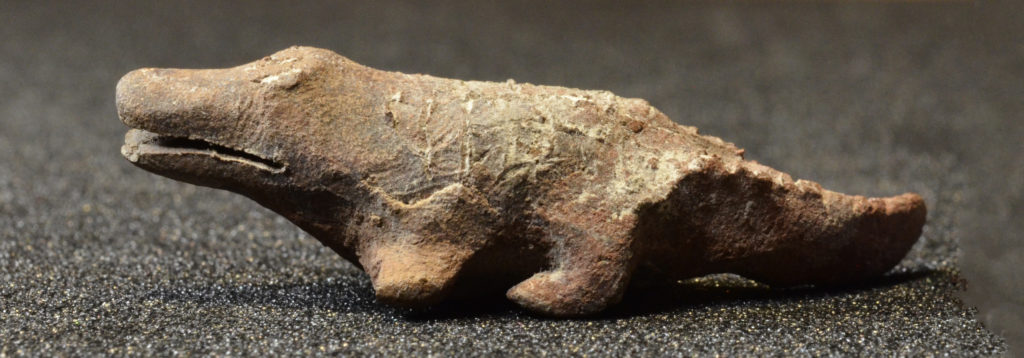Profiling the Identity of the Producers in ancient Egypt and Nubia through the “aura” of clay figurines

Among the world of ancient Egyptian craftspeople a peculiar type remains particularly invisible, the clay manufacturer, although this category of craftsmanship is tied to one of the core materials for the material production in ancient Egypt: the clay. In clay were made the vast majority of the houses and architectural features, or the most common tools and containers. Daily life was literally dominated by the clay. However, scholars mainly focused on jar and container production, which highlighted the concepts of transportation and storage, but they often ignored other objects made from clay, especially figurines.
Hand-made clay figurines and small-scale objects encapsulate, like in Walter Bejamin’s aura, flashes of ancient lives, leaving evident traces of their makers. The shaping process of clay figurines consists in pressing and shaping lumps of clay under the pressure of fingertips leaving on clay several indirect traces of producer as, for example, dermatoglyphic impressions. Moreover, reduced size creates the portability of figurines and enhances the proximity of the viewer. This feature engenders intimacy, making figurines extremely permeable elements, closely involved in human interactions.
Human actions and gestures leave traces over the production of clay artefacts, useful to profile those individuals who are part of the invisible majority. It is precisely from the still living echo of these gestures that PIPE intends to start, identifying inside the objects considered for this research common biographical elements (which can be extracted with laboratory analyses). The plasticity of a clay-based material has also the capacity to keep over time direct traces of maker’s gestures, revealing the shaping techniques used more frequently or techniques transmitted over time or practiced by specific categories of makers (e.g. children). Techniques adopted, technical gestures and complexity of a shaping sequence are key aspect to reconstruct figures hidden behind an ancient technology. Moreover, clay artefacts often preserve dermatoglyphic impressions, commonly known as fingerprints, often unintentionally left by the people who modelled them while they were at a wet state. Once dried and/or fired, the clay hardens and allows the prints to be visible to the present day. Furthermore, dermatoglyphic impressions left on the surface of an object have the potential to unearth the identity of the maker in terms of sex and age.
Taking as case study MBA Egypt and Nubia (2000-1500 BC), the final aim of PIPE is to provide for the first time a social and technological profile for the clay artisans from the Nile Valley based on the multiple – and often non-simultaneous – stories encapsulated within the artefact production, which reproduce segments of life of the non-wealthy and non-dominant people, too often ignored by the writing of our history.
Project Coordinator: Prof. Gianluca Miniaci (Università di Pisa)
Project Partner: Prof. Massimo Vidale (Università degli Studi di Padova)
For more info: gianluca.miniaci@unipi.it
Project funded by PRIN 2022 PNRR
